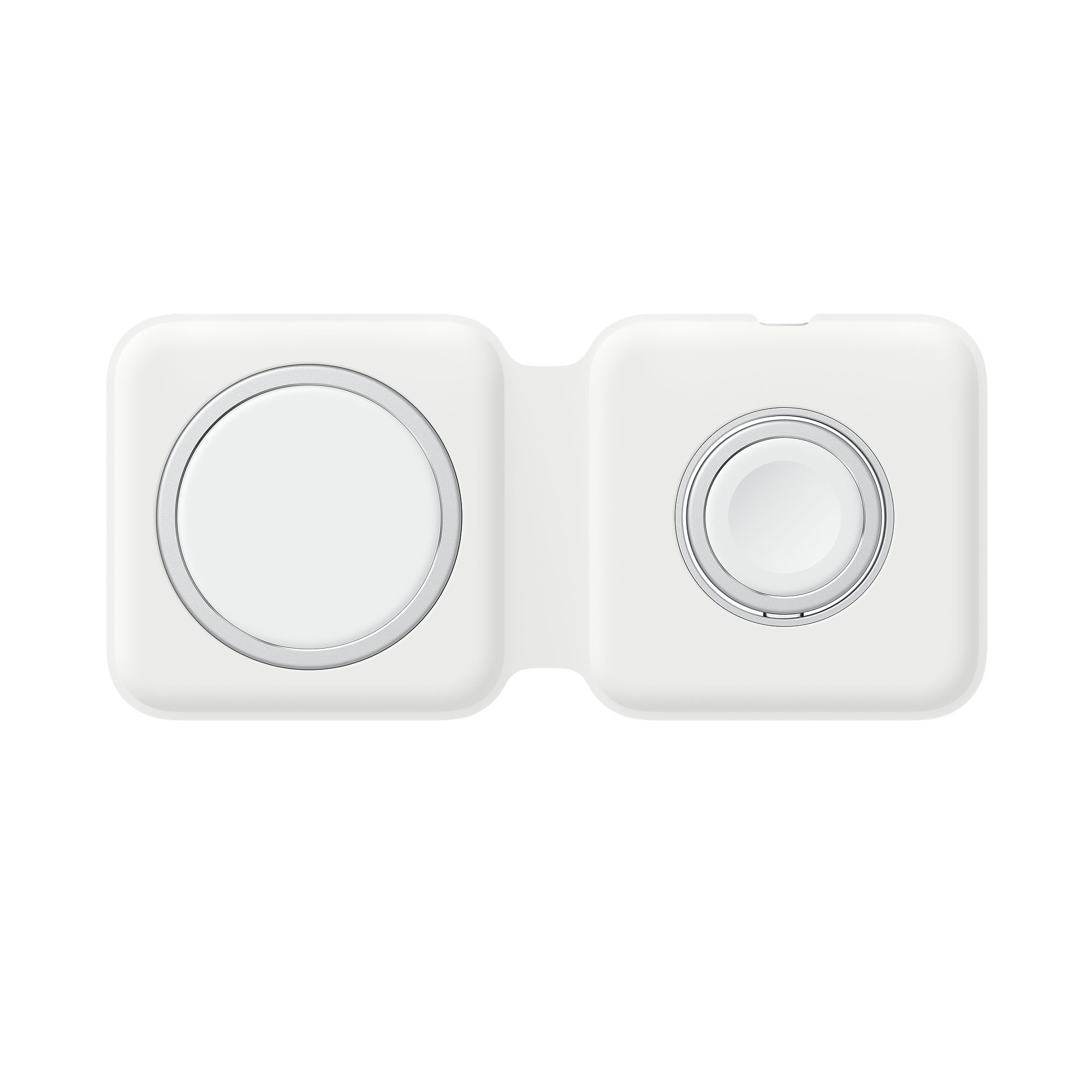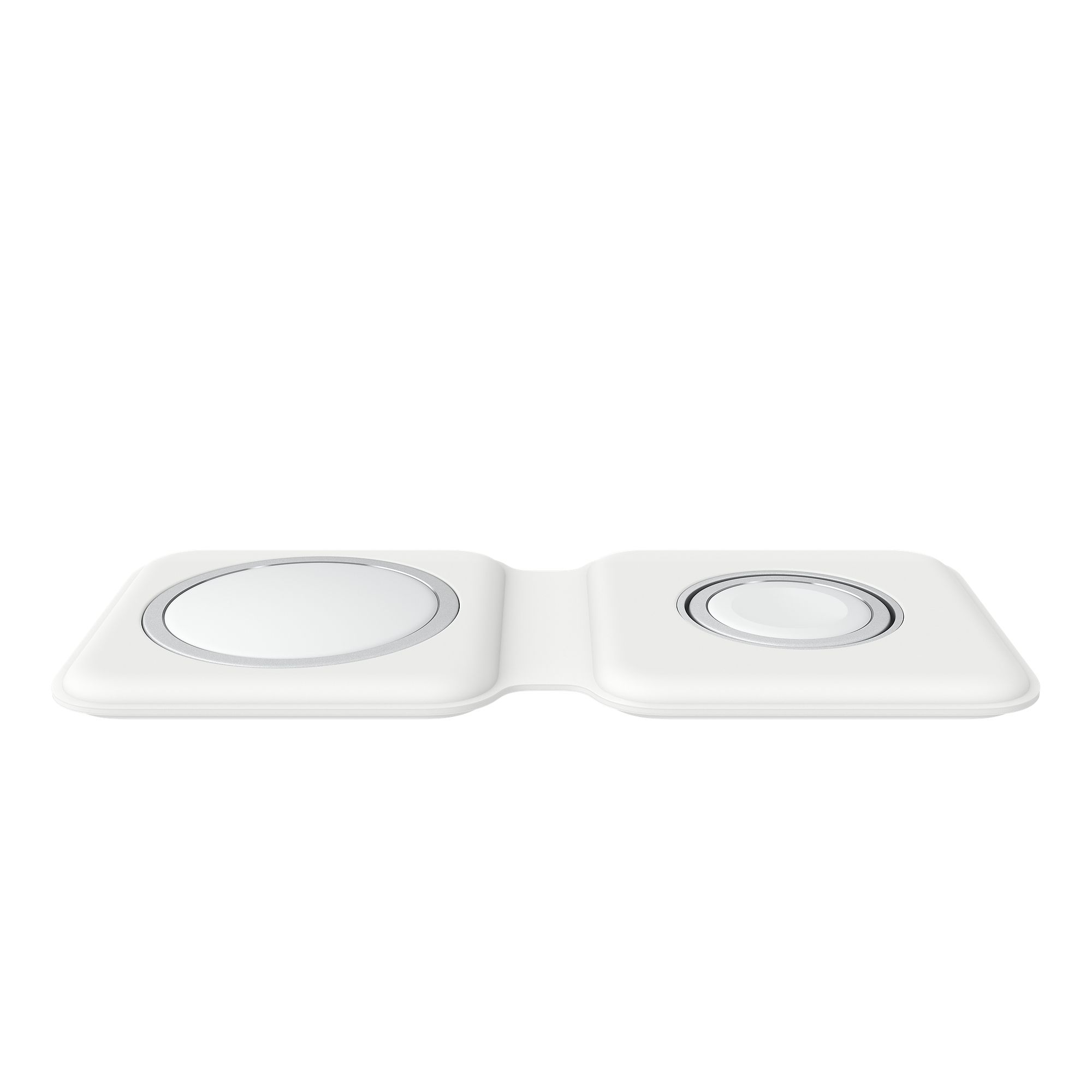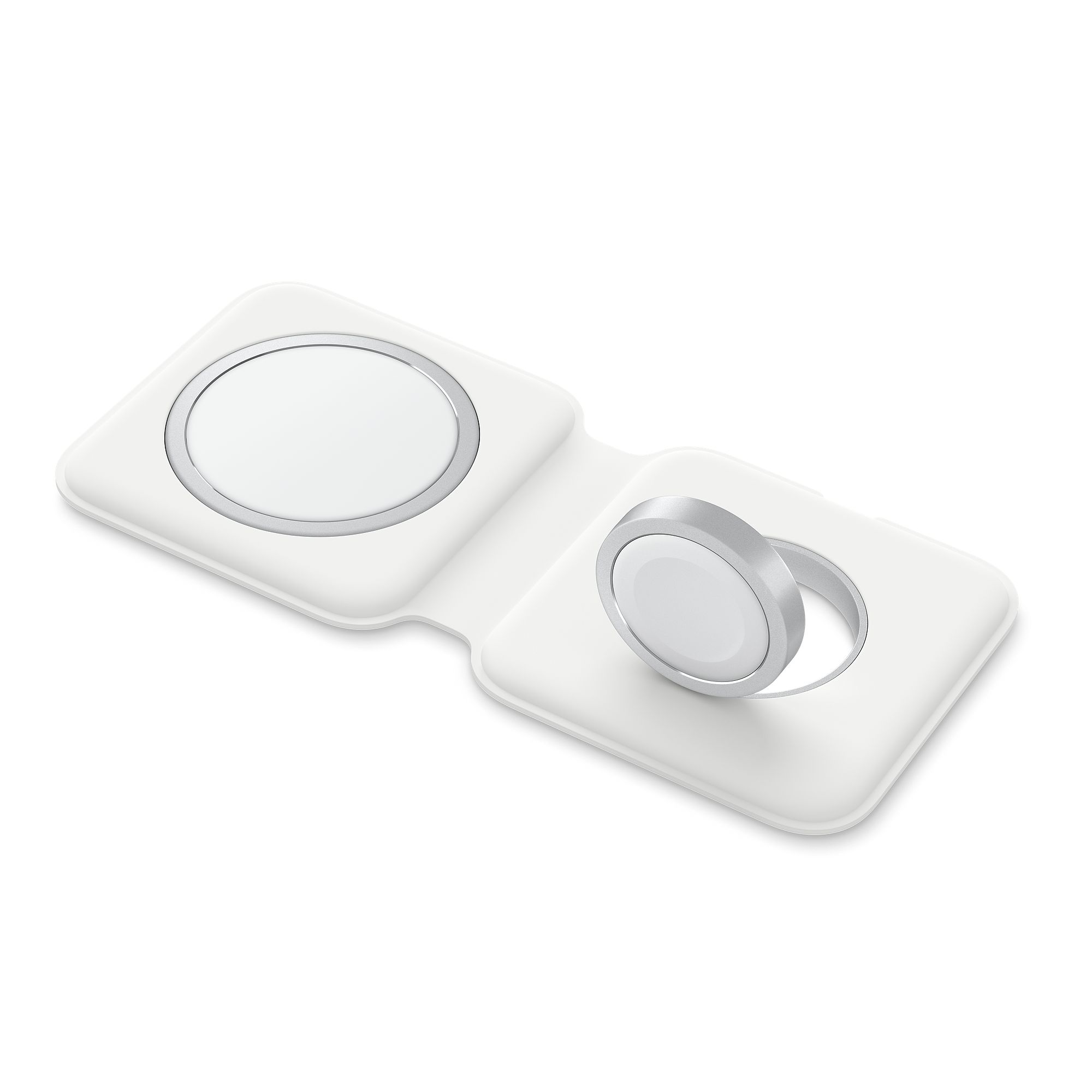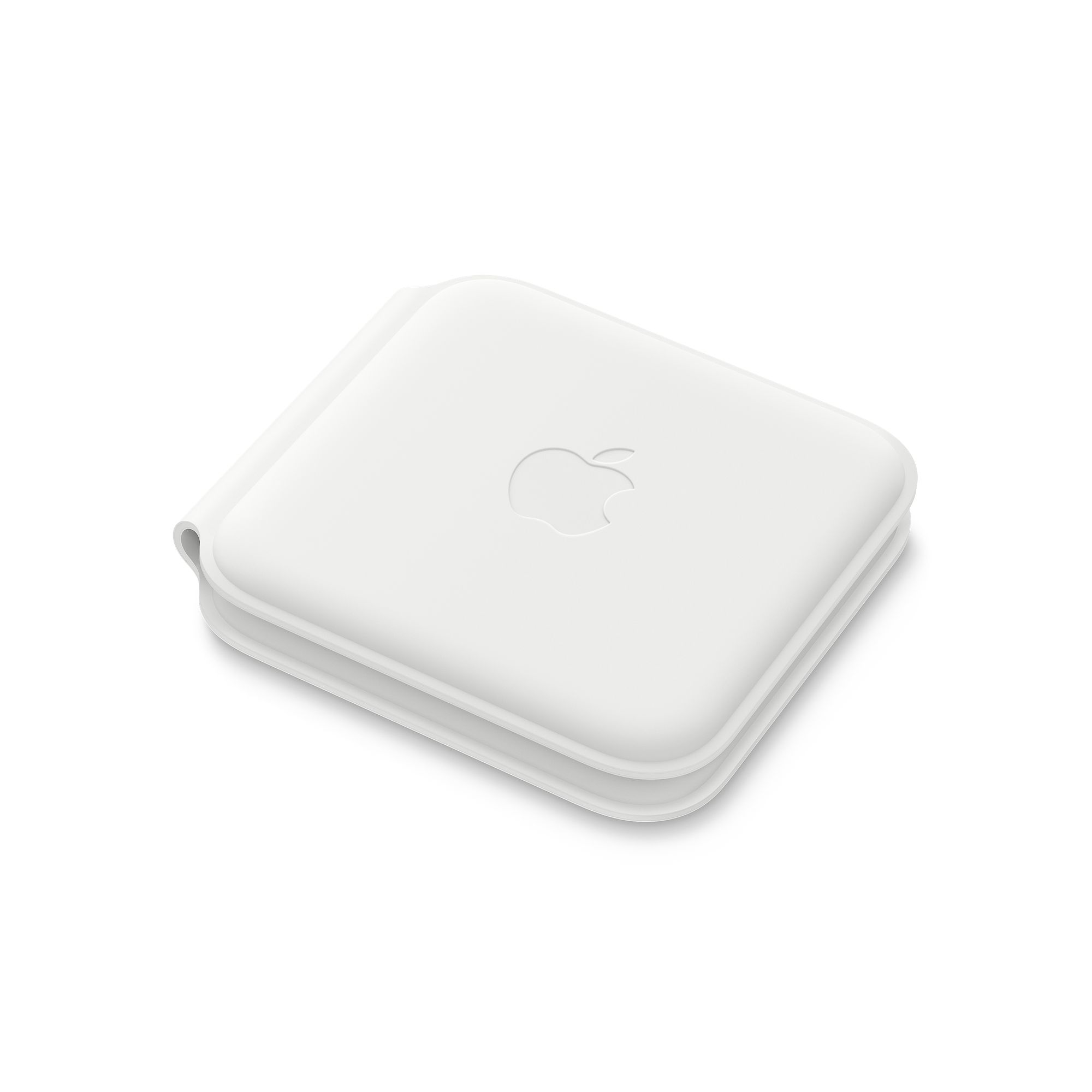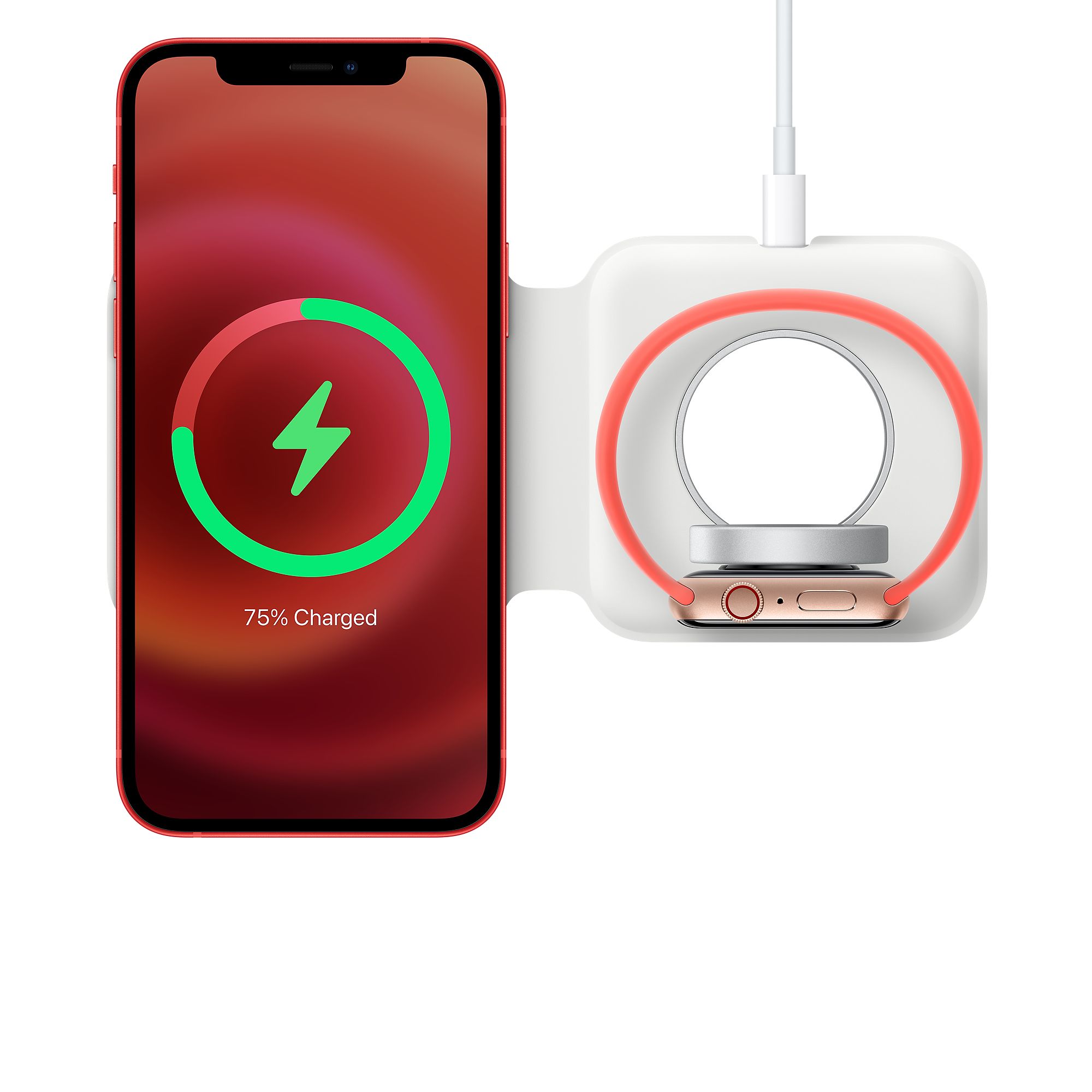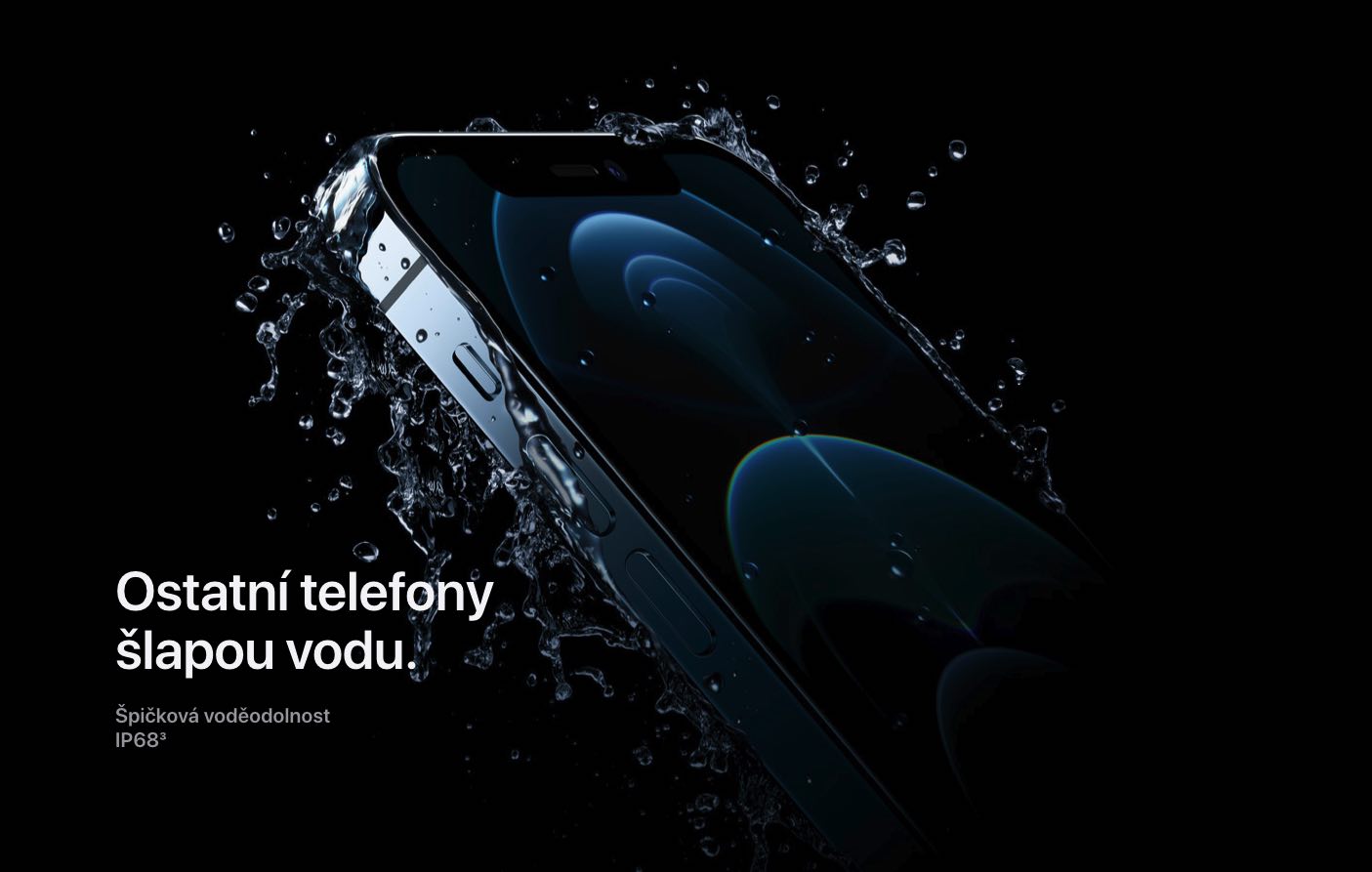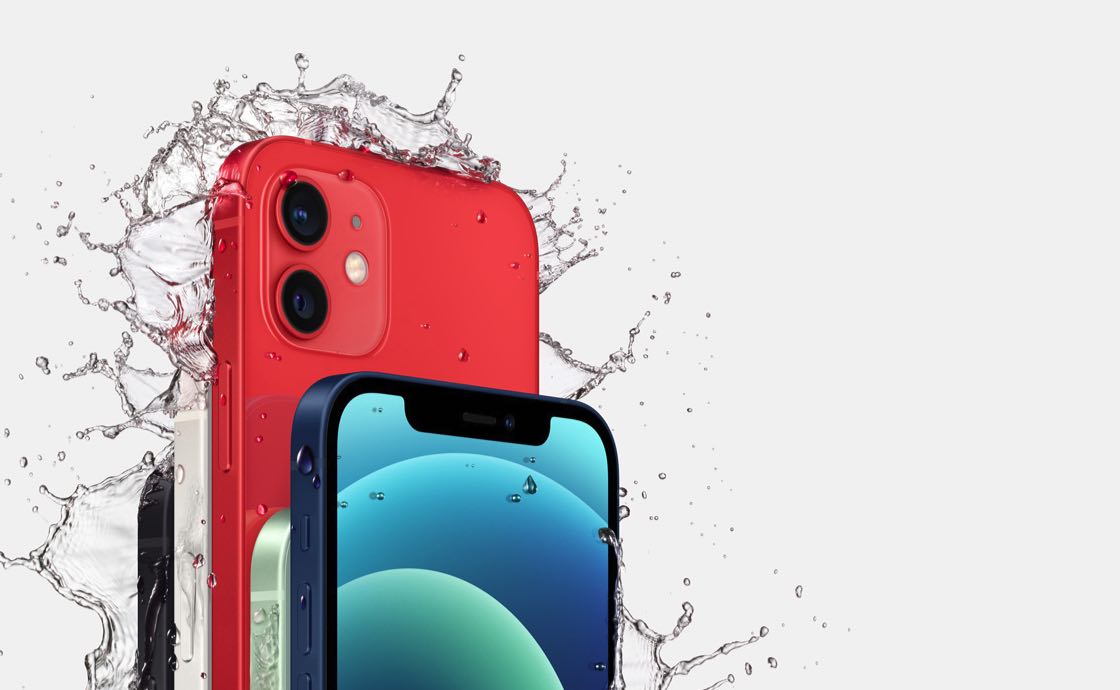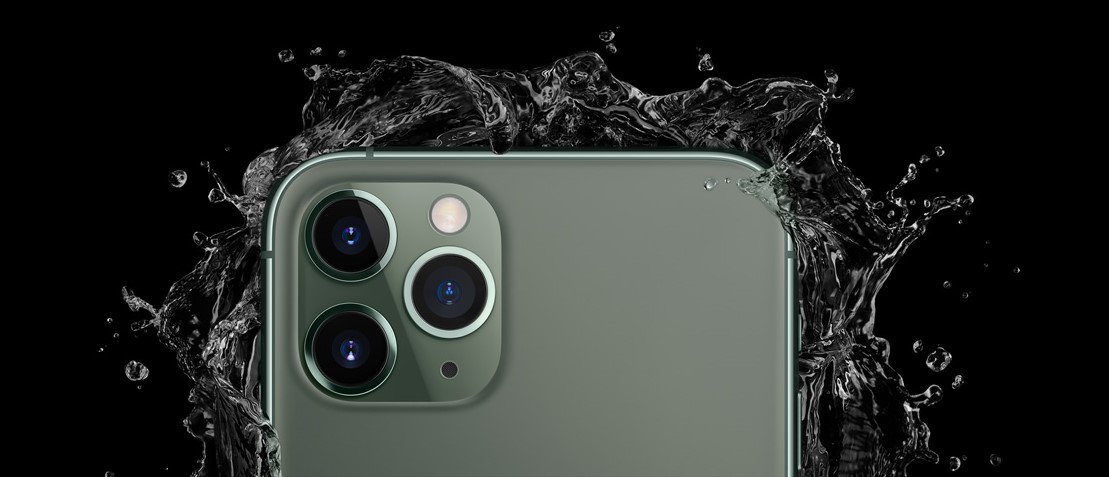Almost every Apple phone user knows how to charge an iPhone. Fewer users know how to charge it properly. iPhone is equipped with an internal rechargeable lithium-ion battery, which is the guarantee of the best performance for your device at the moment. At least that's what Apple says. He adds that compared to traditional battery technology, these batteries are lighter, charge faster, last longer and provide higher energy density and longer battery life.
It could be interest you
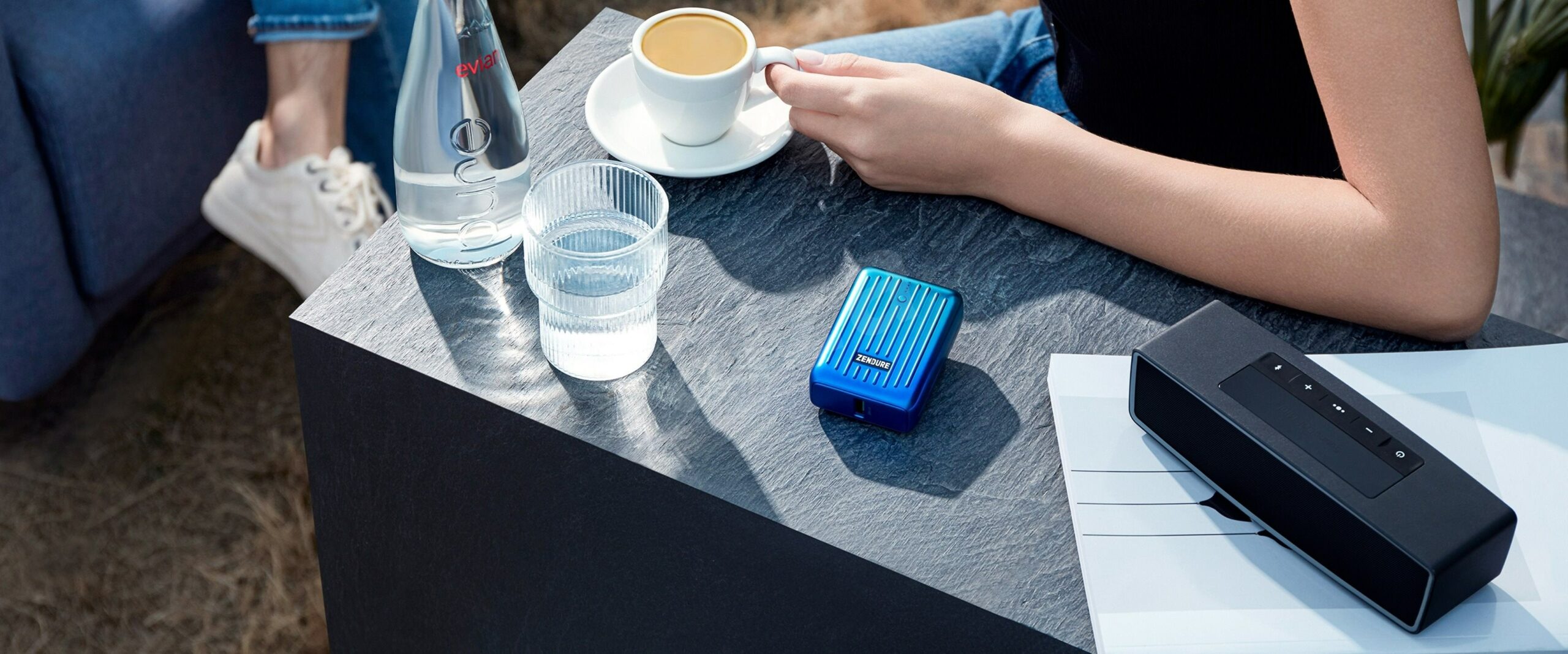
How to charge iPhone
Of course, this depends on the model of your phone, but you can charge your iPhone in the following ways:
- Connect the device to an electrical outlet using the charging cable and USB power adapter.
- iPhone 8 and later can be placed face up on a Qi-certified charger, iPhone 12 can also be charged with MagSafe
- Connect your iPhone to a computer that is turned on. If you connect the Apple phone to a switched off computer, it may discharge instead of charging. You can tell when it's charging by displaying a lightning bolt icon in the battery icon.
MagSafe Duo Wireless Charger:
Important notices for iPhone charging
Many devices have USB connectors, such as external monitors, keyboards, etc. If you would like to charge your iPhone with them, make sure that such a device is equipped with a USB port with a high power output. Also, do not under any circumstances connect the power cable to the device or the iPhone if you suspect liquid has gotten into it. You can damage both the iPhone and the cable itself. Instead, use wireless charging in "wet conditions".
Also keep in mind that if you're using an iCloud backup, that backup may update when you connect it to the charger. Depending on the amount of data being sent, it may take longer to fully charge. The same applies if you sync your iPhone with your computer or otherwise use it while it's charging. And if you work with it too much, it will heat up significantly during charging. When heated above the tolerable limit, the software can turn off charging at 80 percent so that the battery does not needlessly decrease battery life. Charging will then continue as your iPhone cools down. Such a situation can also arise, for example, when navigating in a car. If you have the optimized charging option turned on, you will achieve a slowing down of battery aging, but on the other hand, you may notice that your iPhone does not charge to more than 80%. Indeed, here Using machine learning that happens right inside the device, iPhone registers when you typically charge it each day, so it knows when you'll need it and when it should finish charging more than 80%.
How apps and features use your device's battery
What to do if iPhone is charging slowly or not at all
If you're having trouble charging your iPhone, there are basic steps you should take before you throw your device on the ground in anger. So check if the cable and adapter are not damaged in any way. They may have bent connectors which can cause said problems. If this is indeed the case, then stop using these supplements. If you can't see any damage, check and remove any dirt from the charging connector on the bottom of the device and carefully insert the charging cable into it. Allow your device to charge for at least half an hour. If charging does not start even after this time, and you are sure that everything is fine with the cable and adapter, force restart the device. Then let it charge for another half hour. If the result is negative, try a different cable and adapter. However, if they are fine, all you have to do is visit an iPhone service center.
 Adam Kos
Adam Kos 
